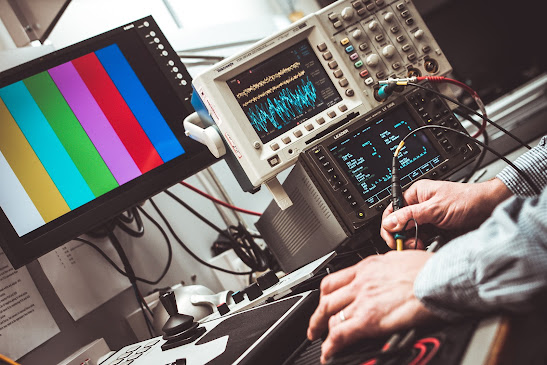"Life-Like" Lasers Have the Capability to Self-Organize, Adapt, and Interact Like Living Systems.

Microparticles clustering around a Janus particle. The dashed line delineates the lasing area, and the pink/yellow lines show the tracks of several microparticles. Credit: Imperial College London

Microparticles cluster around a Janus particle. Credit: Imperial College London
By imitating characteristics of organic systems, self-organizing lasers may result in novel materials for sensing, computation, light sources, and displays.
Although many artificial materials offer cutting-edge qualities, they still have a long way to go before they can match the adaptability and variety of organic materials. Bones and muscles, for instance, continuously rearrange their composition and structure in the human body to better sustain shifting weight and activity levels.
The first spontaneously self-organizing laser gadget has now been proven by scientists, and it can change configuration as the environment changes.
The invention will make it possible to create intelligent photonic materials that can more accurately simulate the responsiveness, adaptability, self-healing, and social behavior of biological matter. The discoveries were published on July 14 in the journal Nature Physics by researchers from Imperial College London and University College London (UCL).
The majority of modern technologies are powered by lasers, which are made of crystalline materials with exact and static qualities, according to the study's lead author, Professor Riccardo Sapienza of Imperial College London's Department of Physics. We questioned whether we could build a laser that could combine structure and functioning, reorganize itself, and work together way biological materials do.
Our laser system can collaborate and reorganize itself, making it possible to take the first step toward simulating the dynamic link between structure and functioning found in biological materials.
Devices called lasers intensify light to create a particular type of light. The self-assembling lasers used in the team's experiment were made of microparticles spread in a liquid that had a high "gain"—the capacity to magnify light. These microparticles may use outside energy to generate laser light after a sufficient number of them have gathered together.
The microparticles gathered around a "Janus" particle, which is a particle coated on one side with light-absorbing substance, which was heated by an external laser. By adjusting the intensity of the external laser, which in turn regulated the cluster's size and density, it was possible to switch on and off the lasing produced by these microparticle clusters.
The study team also illustrated the versatility of the device by heating various Janus particles to move the lasing cluster in space. Additionally, Janus particles may work together to form clusters with unique qualities that go beyond the mere addition of two clusters, such as altering their shape and enhancing their lasing power.
Dr. Giorgio Volpe, co-lead author and professor of chemistry at UCL, stated: "Lasers are used routinely nowadays in telecommunications, medicine, and industrial production." "The creation of resilient, autonomous, and lasting next-generation materials and devices for sensing applications, unconventional computing, innovative light sources, and displays will be made possible by the emulation of lasers with life-like qualities."
The study team will then look at ways to make the lasers' autonomous behavior better so that they behave even more realistically. The technique could first be used in next-generation electronic inks for smart displays..






Comments
Post a Comment